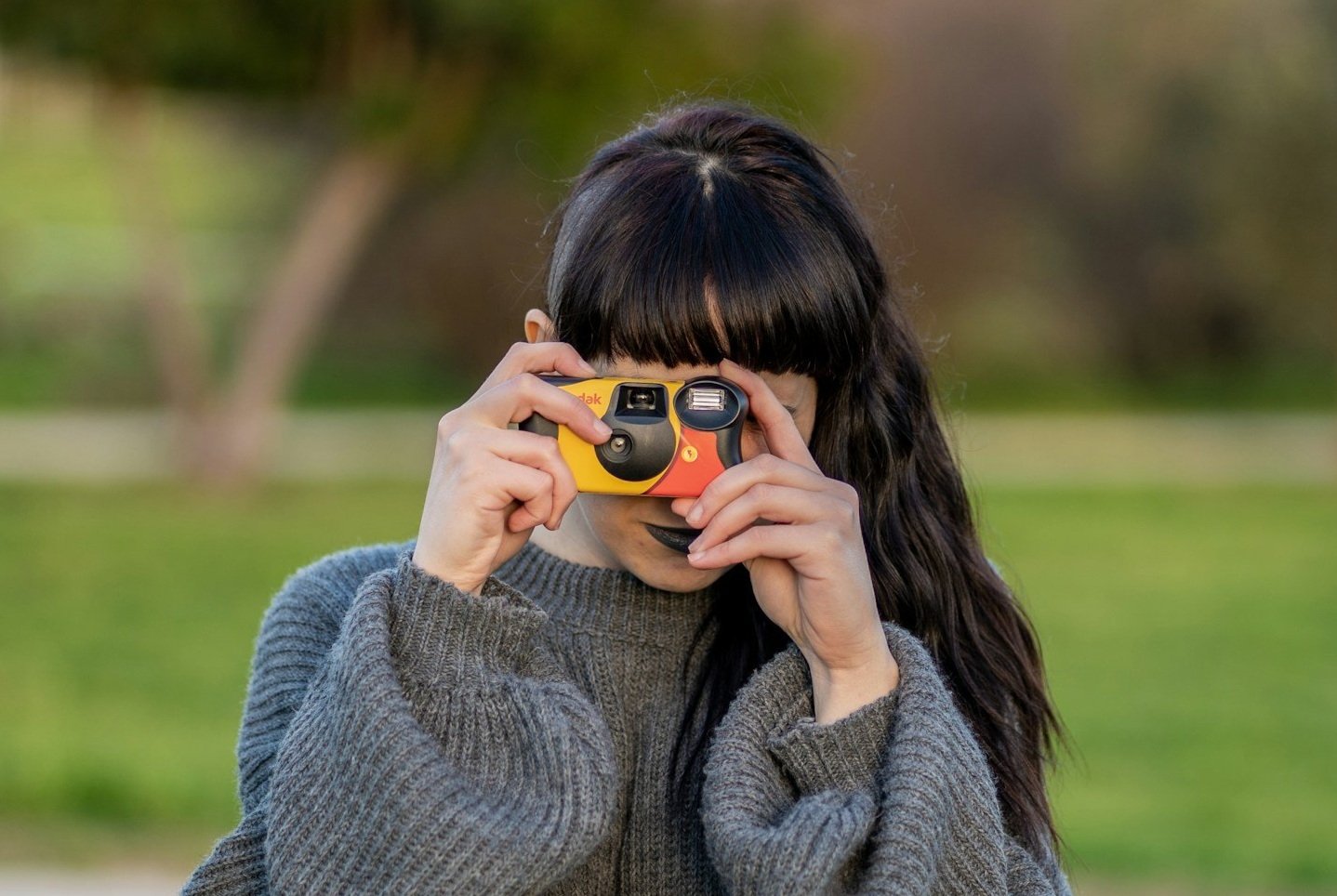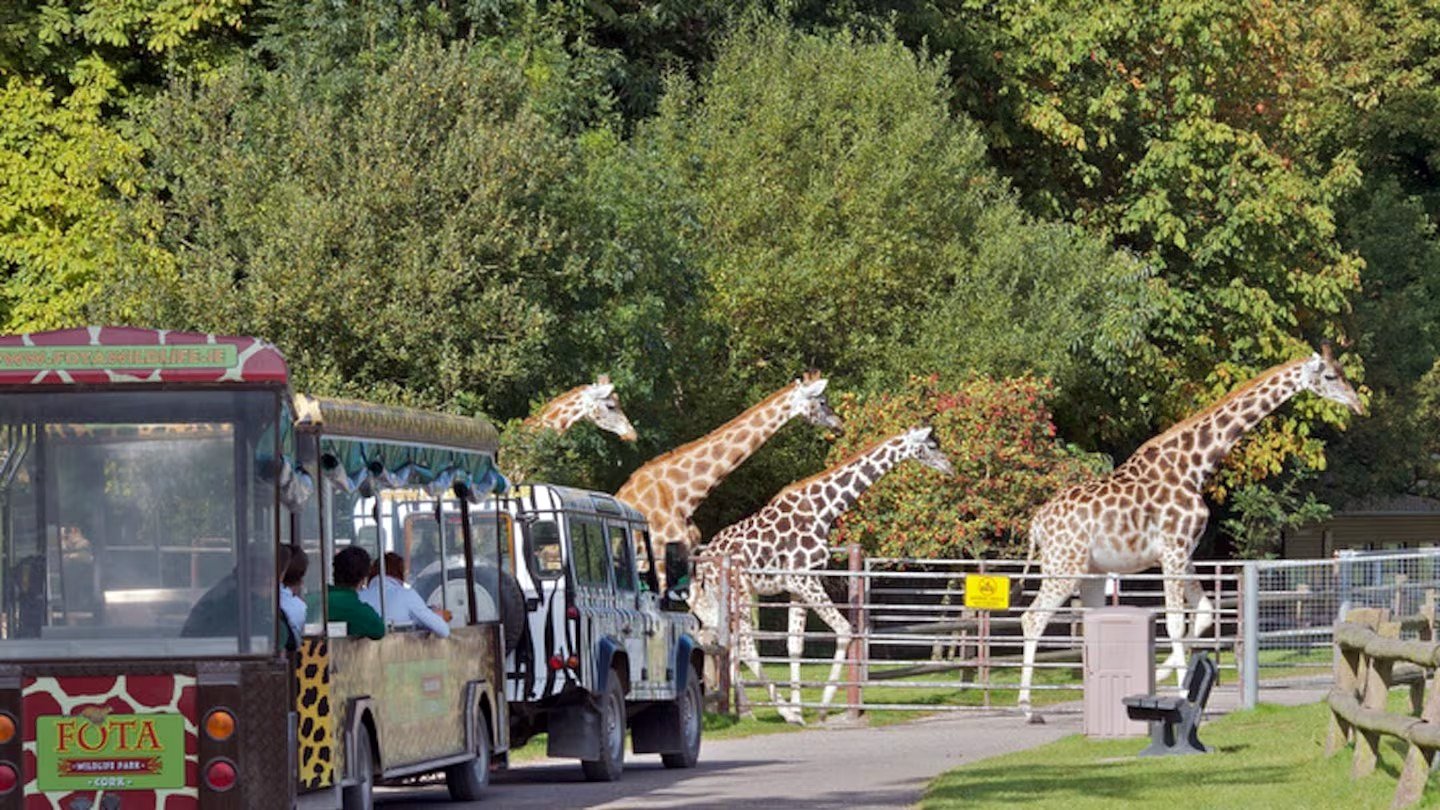Exploring the Art of Nature and Wildlife Photography
Nature and wildlife photography is a captivating and rewarding genre that allows photographers to connect with the natural world and showcase its wonders through the lens of a camera. From majestic landscapes to intimate portraits of animals, this type of photography offers endless opportunities for creativity and appreciation.
(C) Diana Parkhouse (Unsplash)
What is Nature and Wildlife Photography?
Nature Photography involves capturing images of the environment and the creatures that inhabit it. Photographers focus on portraying the beauty of nature in its various forms, from the grandeur of sweeping landscapes to the intricate details of plants and flowers. On the other hand, Wildlife Photography specifically concentrates on capturing animals in their natural habitats, documenting their behavior, movements, and interactions with the environment.
The Importance of Nature and Wildlife Photography
Raising Awareness: Through compelling images, nature and wildlife photographers inspire people to appreciate and care for the environment. These photographs serve as visual ambassadors, highlighting the beauty and vulnerability of our natural world.
Conservation Advocacy: By showcasing the diversity of species and their habitats, photographers contribute to conservation efforts. Their work educates the public about the need to protect natural ecosystems and wildlife.
Scientific Documentation: Nature and wildlife photography provides valuable scientific data. Researchers use these images to monitor changes in ecosystems, track animal populations, and study behavior patterns.
(C) Ahmed Galal (Unsplash)
Capturing Nature in Photographs (Tips for Nature Photography)
Natural Light: Opt for soft, diffused light during the golden hours of sunrise and sunset. This warm lighting enhances the beauty of landscapes and adds depth to your images.
Details Matter: Get up close and personal. Capture the intricate textures, patterns, and colors of plants, flowers, and natural elements. Macro photography is perfect for revealing hidden beauty.
Composition: Experiment with angles, perspectives, and framing techniques. Use leading lines, the rule of thirds, and symmetry to create visually compelling nature images.
Color Showcase: Nature is a vibrant palette. Highlight the diverse colors of the environment, from lush greens to fiery sunsets. Colorful images evoke emotions and draw viewers in.
Showcasing Wildlife in Action
Wildlife photography takes us into the heart of the natural world, allowing us to witness and document the lives of animals. Whether it’s a majestic tiger in the jungle or a tiny hummingbird at a flower, these images tell stories of survival, behavior, and beauty.
(C) Photos By Beks (Unsplash)
Tips for Wildlife Photography:
Patience: Wildlife photography demands patience. Spend time observing animal behavior. Be ready for spontaneous moments—the flick of a tail, a fleeting glance, or a predator’s pounce.
Fast Shutter Speeds: To freeze motion and capture sharp wildlife images, adjust your camera settings. Fast shutter speeds prevent blur, especially when animals are on the move.
Eyes Speak: Focus on the eyes—the windows to the soul. Whether it’s a lion’s intense gaze or a bird’s curious expression, eye contact creates a connection with the viewer.
Respect and Ethical Photography: Prioritize the well-being of animals and their habitats. Avoid disturbing wildlife for the sake of a photograph. Be an ethical observer.
Remember, every photograph you take contributes to our understanding of the natural world. Nature and wildlife photography provide a creative and impactful way to connect with the natural world, appreciate its beauty, and raise awareness about the importance of conservation. Whether you’re capturing the grandeur of a mountain landscape or the intricate details of a tiny insect, this genre of photography allows us to explore and showcase the wonders of nature in all its forms.
So grab your camera, head outdoors, and start exploring the art of nature and wildlife photography today! 📸🌿🌎
Remember, every photograph you take contributes to our understanding of the natural world. Let your lens tell the stories that matter!
Feel free to incorporate this conclusion into your article, and happy shooting! 📷✨.
Search the blog:



















